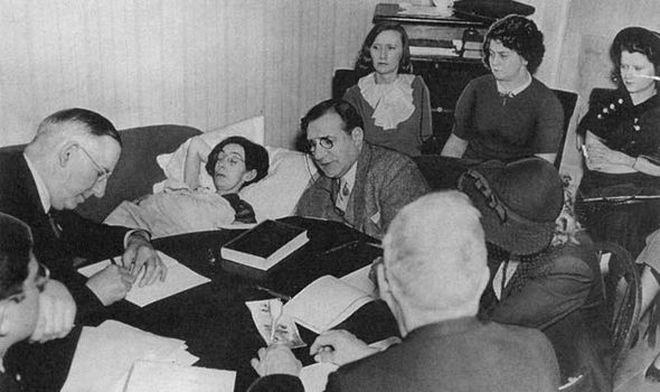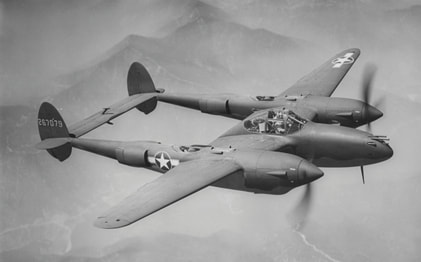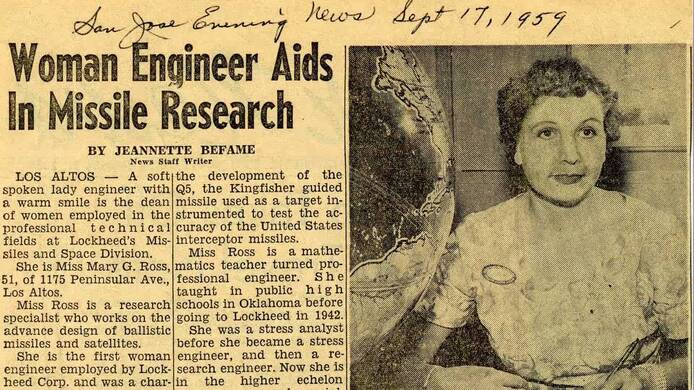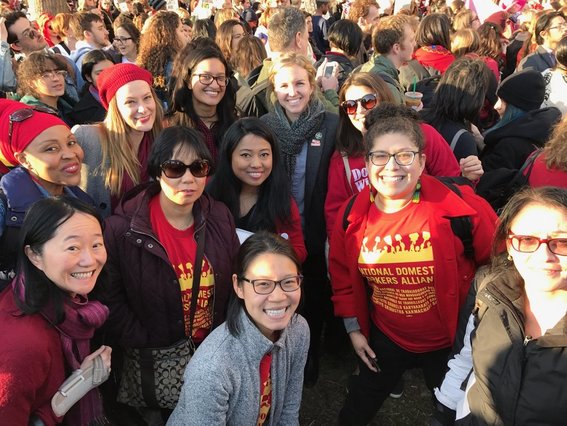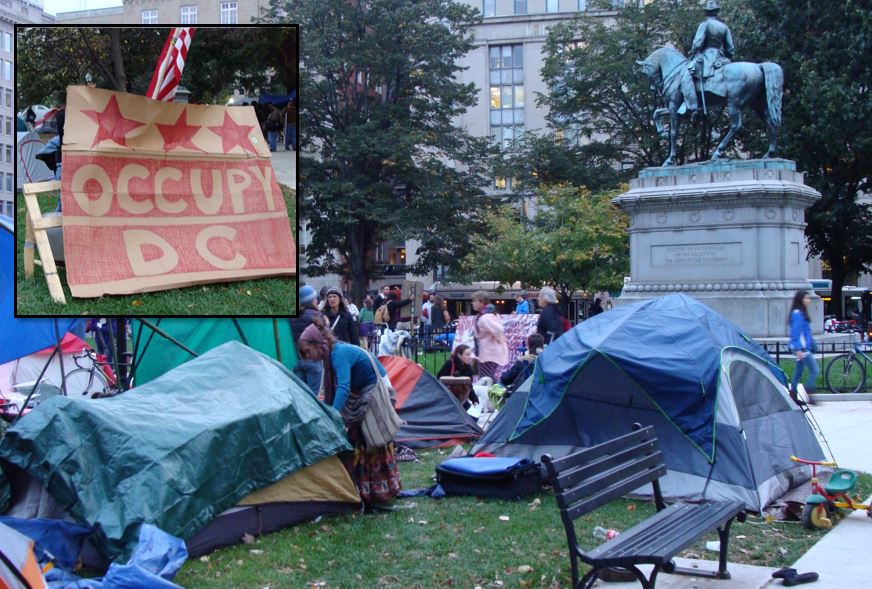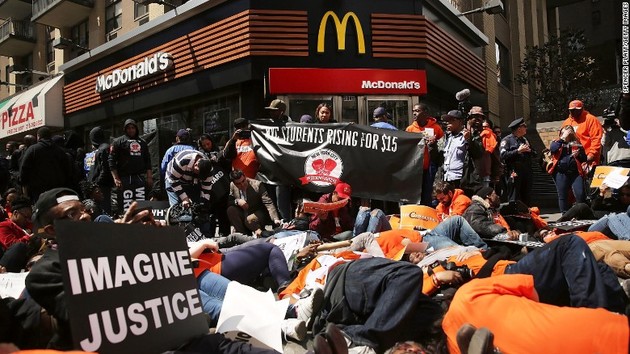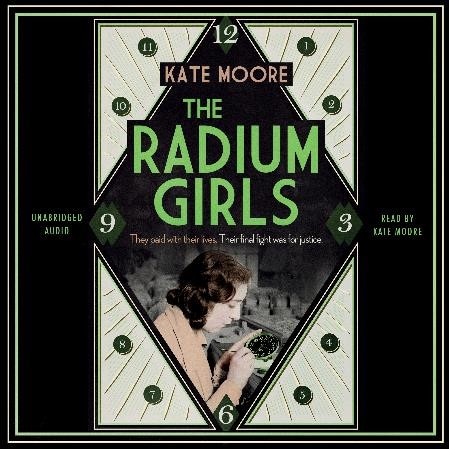 So excited today to interview Author Kate Moore talking about courage, and her soon-to-be-released-in-the-US book THE RADIUM GIRLS: THE DARK STORY OF AMERICA'S SHINING WOMEN. (Audio Book cover below) Young women hired to paint glow-in-the-dark numbers on wrist watches in the 1910-20s were (in)dispensable to United States Radium, a manufacturer of one of the hottest new products of the era. 'The first thing we asked was, “Does this stuff hurt you?” And they said, “No.” The company said that it wasn’t dangerous, that we didn’t need to be afraid.’ Catherine Donohue and co-workers died of that "stuff." Their courage established a precedent that led to workers' rights to hold their employers accountable when their job makes them sick. I asked Kate Moore, what was it like to uncover the details of these women's fight for acknowledgement of their suffering? Kate Moore: "Well, it was extraordinary. And a real privilege – to feel like I was learning what they’d been through. It was particularly striking because for nearly a century no one had listened to their voices and words that were there in the archives all along. It was shocking to realize how cruelly they had been treated. It was sobering to uncover what they’d suffered physically. And it was inspiring to learn that despite all this they never gave up fighting and were always there for each other." 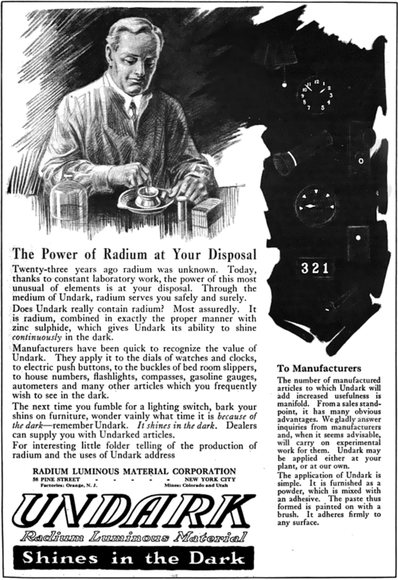 During WWI, U.S. Radium produced a high-tech paint containing radium called Undark which allowed U.S. soldiers to read their wristwatches and instrument panels at night. After the war the company used Undark to manufacture a variety of products from buckles on bedroom slippers to gasoline gauges. While scientists began to learn more about the dangers of radium, the corporation continued to tell the public it was safe in small quantities. But the factory women were exposed to much higher levels. Their clothing often glowed when they arrived home from work, and some women painted their fingernails with the fizzy, shining paint. When they began to sicken and die, nobody believed them when they said Undark was killing them. New hires at U.S. Radium, many of them teenagers, were trained to suck the tip of their paintbrush to achieve a fine point in order to coat radium on the tiny numbers of wrist watches. Like clockwork, they painted hands and digits on some 200 watch faces a day at five cents a piece, a good income at the time. The tiny amounts of radium they swallowed before painting each numeral acted like calcium stored away in their bones, except it didn't strengthen their bones, it diseased them, bombarding radiation throughout their bodies. 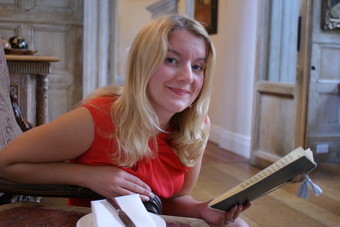 Kate (right) learned in her research that male lab technicians working in the very same company must have known something the women didn't. Company chemists used lead screens, masks, and tongs when working with the paint. Five women won their lawsuit against the company in the 1930s, but they were shunned by neighbors, and forty years later men at the company still believed the women had been lying. 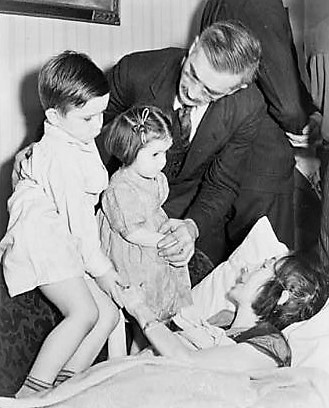 Associate Press photo of Catherine, Tom Donohue and their children. Associate Press photo of Catherine, Tom Donohue and their children. Kate Moore: I tried to empathise with the women as deeply as I could. Their letters and interviews obviously give an incredible insight into them. So I did feel, as best I could, that I knew Catherine. I had to, in order to write her story. There were two things that struck me. The first was how ordinary she was, in a way: a mother, a wife, a friend. A woman who got lonely when no one could visit her in a distant hospital. A woman who got worried when her husband couldn’t find work. The second, of course, was how extraordinary she was: the way she kept fighting for her children, her husband, her friends. Catherine Donohue fainted during a court hearing when a doctor described how she had no hope of recovering from radium poisoning. Later lawyers visited her at home, as she testified from her deathbed. 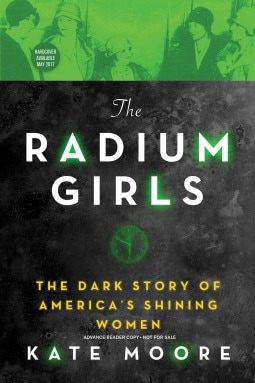 www.amazon.com/Fannie-Never-Flinched-Struggle-American/dp/1419718843Kate Moore:The photographs of her from June 1938, shortly before her death, show how emaciated she was, yet her spirit burned so strongly inside her, despite the weakening of her body. She was determined never to give up. Journalists talked of their surprise at the passion in her voice because of the frailty of her body. She fought to the death for this cause. Catherine said her faith sustained her. I think a lot of it was also to do with friendship. She had seen friends die from the same cause that had made her sicken and I think she was determined to hold the company to account. What these women went through physically was horrific: losing their teeth and jawbones, constantly pus-seeping mouths, broken limbs and backs, huge tumors. They were crippled and killed. And they knew the company was to blame. So I think the sheer injustice of it also fired their courage. Thank you, Kate! I appreciate you taking the time for an interview. Five dial painters sued the Orange, New Jersey defense contractor for $250,000 each, but couldn't wait for trial delays and roadblocks engineered by the company. They were dying. After initial hearings in 1927, the women accepted a mediated settlement, $10,000 per woman, plus legal and medical expenses, and a $600 per year annuity for as long as they lived. U.S. Radium ended up paying few annuities. You can pre-order the book here... Reminder: In celebration of Women's History Month, I'm giving away a copy of Fannie Never Flinched, a CD of Labor Singer Anne Feeney and a free Skype Author visit to your book group, union meeting, library or school. Enter here... 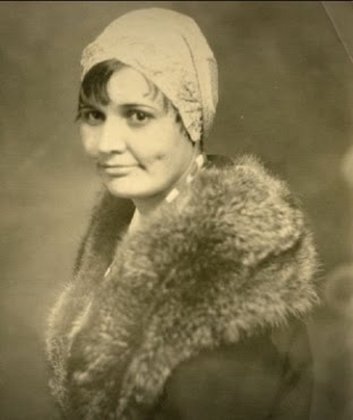 Meet Mary Golda Ross, the first Native American aerospace engineer. (1908-2008) She learned to read at 3, listening to her father teach her older sister. But it was arithmetic that rocketed this woman into the history books! More basic, it was the Cherokee commitment to equal opportunity education at a time when most girls were not expected to go to college or have a career outside the home. Mary was born in Oklahoma on her parents allotment in the foothill the Ozarks. Her great-great-grandfather was a Cherokee Chief, who lead his people over the Trail of Tears. "Even in the days before women's liberation, the role of Cherokee women has never been a subservient one," Mary said. "Women held high positions in early Cherokee tribal councils, where their advice was heeded not only on matters of policy, but also concerning war strategy." Mary graduated from high school at 16, and teacher's college at 18. Teaching high school and taking college classes during the summer, Mary earned a master's degree in mathematics. "[I] didn’t mind being the only girl in math class. Math, chemistry and physics were more fun to study than any other subject,” Mary said. "I sat on one side of the room and the guys on the other side of the room. I guess they didn’t want to associate with me. But I could hold my own with them, and sometimes did better.” When WWII broke out, the Lockheed Aircraft Corporation was looking for mathematicians to help resolve problems with the P-38 Lightning fighter plane. Mary applied and was hired. The P-38 could climb and it doubled as an long-range threat, carrying a larger payload than early B-17s with a range of 1,150 miles. But in a dive, the fighter could destabilize resulting in the deaths of a test pilot and an undetermined number of men who flew the aircraft in combat. Part of a team working in secrecy, Mary helped fix issues with the P-38 and went on to a career at Lockheed. She was one of the founding members of Skunk Works, a super-secret think tank that became Lockheed Missiles & Space Co, and worked with NASA on the Apollo program, the Polaris reentry vehicle, and interplanetary space probes. Much of the work of that Lockheed group, including theories and papers by Ross, remain classified. In the early 1960s, Mary told a reporter she believed women would make great astronauts. But she said, “I’d rather stay down here and analyze the data.” She offered some great advice for young women, “To function efficiently, you need math. The world is so technical, if you plan to work in it, a math background will let you go farther and faster.” One of Mary's accomplishments was as an author of the NASA Planetary Flight Handbook Vol. III dealing with space travel to Mars and Venus. After retiring in 1973, Mary worked to recruit young women and Native American youth into engineering careers. 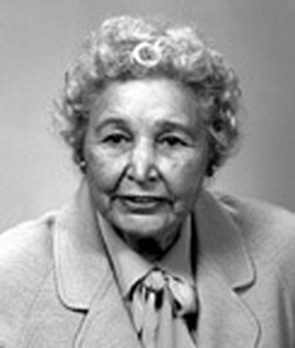 Though she once mentioned one of her few regrets was spending so much of her life apart from Indian people, upon her death, the Principal Chief of the Cherokee Nation, Chad Smith said, “The accomplishments of Mary Golda Ross epitomize the Cherokee spirit. Her ambition and successes exemplify the importance of education and are evidence of the doors that can be opened through higher learning.” Mary Golda Ross died in 2008 at 100 years of age. Now don't you think she deserves a movie about her? Reminder: I'm giving away copies of Fannie Never Flinched in celebration of Women's History Month. And that's not all! Find out all about the prizes and how to enter here...
I'm giving away three copies of Fannie Never Flinched in celebration of Women's History Month. And that's not all! Find out all about the prizes and how to enter here... 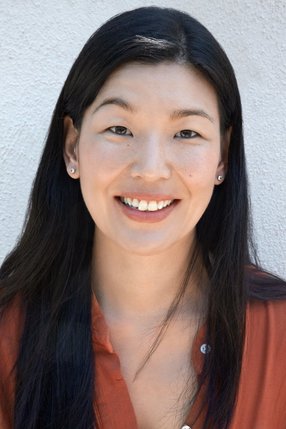 Ai-Jen Poo, Director of National Domestic Workers Alliance Ai-Jen Poo, Director of National Domestic Workers Alliance
If Fannie Sellins were alive today, where do you think you'd find her? My guess is she'd be working along side Ai-Jen Poo.
Four years ago, Newsweek named Ai-Jen to it's 150 Fearless Women list. TIME called her one of 100 Most Influential People in the World. What does she do? Something many people said couldn't be done. In 2000, she started organizing domestic workers, mostly women, who work in homes carrying for the young and the elderly, cooking and cleaning. Ai-Jen brought together workers spread out over many private homes, co-founding Domestic Workers United in New York City. Her work led to the New York State Domestic Workers Bill of Rights, passed in 2010, it guaranteed domestic workers lawful rights to vacation and overtime pay. Under Ai-Jen's leadership the union grew into the National Domestic Workers Alliance and expanded operations across the country. Like Fannie Sellins, Ai-Jen is motivated by compassion... "I often compare great campaigns to great love affairs because they’re an incredible container for transformation."
But Ai-Jen is no push-over. "...when we’re trying to transform a fundamentally unequal society...there’s a level of discomfort and conflict that has to happen in order for us to achieve a more loving fate.” She says domestic workers are up for the fight.
Marking #DayWithoutAWoman, International Women's Day, March 8, thousands of domestic workers from across the nation skipped work, dressed in red and rallied in the streets.
Skipping a day of work means a huge hit to the household budget of low wage workers, and they risk being fired, but domestic workers in America have a history of taking risks like this, Ai-jen Poo wrote for CNN.com.
In 1881, black washerwomen went on strike in Atlanta and nearly shut down the entire city. Despite losing wages, being arrested and fined for “disorderly conduct” the women stayed off the job for weeks. Standing their ground they won better pay, more autonomy in their work and inspired other low wage workers to strike. Ai-Jen says many immigrant members of the Domestic Workers Alliance have already risked their lives fleeing poverty, violence and war to bring their children to the U.S., and in the current political climate, simply walking their children to school or going to the grocery store they risk getting caught and deported. Ai-Jen's suggests. "Let's keep asking the question: 'How can I be more courageous in what I commit to, to match what's at stake?'" "How can I be more courageous
Fannie Sellins were alive today, she'd be asking us to consider the same challenge. Fannie would be right at home with Ai-Jen Poo and the women and men of the National Domestic Workers Alliance.
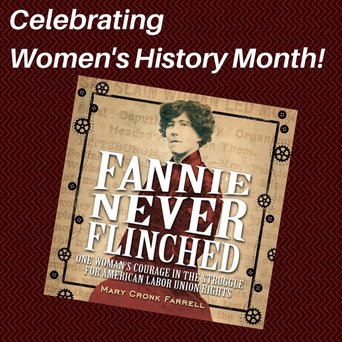
What would you do for your principles?
Fannie Sellins went hungry and cold and she went to jail. She challenged powerful men and mighty corporations with nothing but her voice, and her ability to bring people together and inspire hope. When gunmen threatened to kill her, she stood on the picket line strong as steel. For her principles, Fannie died with a bullet to the back. This astounding story has gone untold for generations. Enter now to win a free copy of Fannie Never Flinched: One Woman's Courage in the Struggle for American Labor Union Rights.
It brings me to tears every time I hear it. I am not kidding! Listen below. Utah Phillips called Anne, "The best labor singer in North America."
The Grand Prize includes the book, the CD, and then there's more!
If you're the grand prize winner, I'll visit your union meeting, book group, library, or classroom via Skype. I'll talk about my ten year research and obsession with Fannie Sellins, how I kept faith in my vision and how FANNIE NEVER FLINCHED came to be the beautiful book that it is! Or, you pick a topic and we'll visit via Skype at a mutually agreeable time. Enter as many times as you want and tell your friends! All prize drawing will occur on or before April 1, 2017. "Wall Street owns the country. 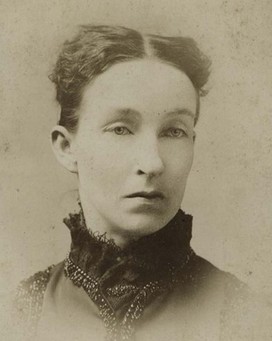 A quote from Occupy Wall Street? No. It's Mary Elizabeth Lease speaking 125-years ago! She's also known for telling Kansas farmers to "raise less corn and more hell," but she swears a newspaper made that up. Mary Lease was the wife of a struggling Kansas farmer, mother of four, and important figure in the Populist movement. She became famous in the 1880s for her impassioned speeches for women’s suffrage, temperance, and justice for farmers and other working poor. “You may call me an anarchist, a socialist, or a communist, I care not, but I hold to the theory that if one man has not enough to eat three times a day and another man has $25,000,000, that last man has something that belongs to the first.” Known as the "Populist lady-warrior from Wichita," Lease mesmerized audiences in Kansas, Missouri, the Far West, and the South with her powerful voice and charismatic speaking style. The brief heyday of populism could not crack the two-party system of U.S. politics, but many of the reforms sought by Populists later became reality. One of today's populist movements, Occupy Wall Street could have a similar impact, though critics saw it as a leaderless group of disaffected young people with no clear objective or agenda, and little power for change. I felt I was witnessing history in the fall of 2011, while in the nation's capital researching my book Pure Grit, I snapped photos of the Occupiers at Zuccotti Park. Occupy protesters popularized the catchphrase "We're the 99%" and spawned similar gatherings across the country in the two months before they were evicted by police from their camp near the New York Stock Exchange. The protests triggered grass-roots movements to address issues as varied as the student debt crisis to oil pipelines and fracking, police brutality, racism and Bernie Sanders's campaign for the Democratic presidential nomination.  Puck magazine depiction of Mary Lease supporting William Jennings Bryan in the 1896 presidential election. Puck magazine depiction of Mary Lease supporting William Jennings Bryan in the 1896 presidential election. Some historians believe Mary Lease was able to feel and express popular agitation, acting more as a barometer of discontent than an originator and leader of reform. After initial populist success, Mary seemed unable to cooperate with others in Kansas to build a political base. She refused to support a Populist-Democrat coalition because she blamed the Democratic Party for the Civil War. Two of her brothers died fighting for the union and her father died a captive in Andersonville prison. She may have had her blind spots, but I admire Mary for her courage and perseverance in pursuing a law degree while raising four children and helping her husband run their farm. Apparently she studied while scrubbing laundry by pinning sheets of notes above her wash tub. Mary was admitted to the bar in 1885, one of very few female Kansas lawyers. Her experience of working hard for the American dream and remaining in poverty powered her activism, as it does today's low wage workers demands for a higher minimum wage. Micah White one of the founders Occupy Wall Street says despite how it may have empowered movements like Black Lives Matter, the protests did not stop President Trump from winning election.
White says if protest, if emotional rhetoric, doesn't translate to votes on election day it will not create change. "American activists must move from detached indignation to revolutionary engagement." If Mary Lease were alive today, she'd be dusting off her old speeches and perhaps figuring out how to turn fiery words into real change. |
I'm fascinated to discover little-known history, stories of people and events that provide a new perspective on why and how things happened, new voices that haven't been heard, insight into how the past brought us here today, and how it might guide us to a better future.
I also post here about my books and feature other authors and their books on compelling and important historical topics. Occasionally, I share what makes me happy, pictures of my garden, recipes I've made, events I've attended, people I've met. I'm always happy to hear from readers in the blog comments, by email or social media. Archives
September 2023
Categories
All
|
